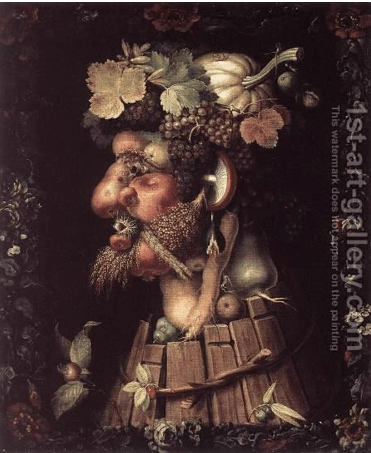Art existed in the form of engravings way before paints were originated. But after the birth of paints, many artists went on to use organic and refined linseed oils in paints to stain their masterpieces. This is how the concept of oil-on-canvas was birthed into the art industry.
The use of oil paints is common in olden times too as one can achieve a brilliant texture of ordinary hues. One can achieve both transparent and opaque textures with oil paints which are basically an artist’s dream.
Aside from that, oil paints aid in bringing an artist’s creation alive with its properties of breathing life into it, making it seem real. So, let’s delve deep into the use of oil paints and why many oil-on-canvas paintings are now considered masterpieces
History of Oil Paints
The invention of oil paints was shocking, no earlier than the 19th century. Before the invention, artists had to formulate their own oil paints which had to be made fresh every single day. The origins of the first oil painting can be traced back to the 11th century. But, it was only in the 15th century that artists started using oil paints on panels and the tempera-style painting was born.
This inclination towards this type of paint was seen as linseed oil was more refined to be faultlessly intermingled with colored pigments now. It was only after 1400 that new pigments and volatile substances in art were discovered. With the advent of this, artists started experimenting with mixing the fine oil over a pigmented binder, and the plethora of advantages that oil paints hoard started coming to the surface.
During the Renaissance in the 16th century, Italy started exploiting the advantages of oil paints by layering glazes of paints over wooden panels for an impactful effect. Arcimboldo was one such prominent artist who utilized oil paints to his best advantage as a portraitist.
The Tower Of Bable by Pieter The Elder Bruegel
This magnificent structural art drafted by Pieter still remains a monumental piece of work and a staggeringly impactful symbol of unity. He used extensive oil paints for this which brings out the wonderful blue and white colors of the sky, touching which is this intricately detailed tower.
The details embedded in this tower are only a repercussion of meticulously repeated attempts of working on it which was allowed by oil paints only. The painting is a reproduction of a Biblical scene which is Pieter’s personal take on providing a universal symbol for humanity to connect over morality and togetherness.
Supper at Emmaus
This incredibly realistic masterpiece is the production of a highly significant and historical Biblical event. Jesus sits down to break bread with his disciples who don’t recognize his true form until later. The structure of the figures is so sharply crafted which is only a repercussion of the magic oil paints bestow. Giving a painting life-like elements and properties, it can be owed to oil paints for the immensely emotional connotations that this painting evokes among devotees of Christianity
Cafe Terrace on the Place Du Form by Vincent Van Gogh
Vincent Van Gogh is one of the most exhilaratingly exemplary painters the world has ever seen who has made optimum use of oil paintings throughout his career. He even went on to the extent of creating and popularizing an artistic technique called impasto which he founded with oil paints.
To emphasize a particular symbol or figure and to deepen the color of the pigment, Van Gogh used to layer thick swatches of oil paints over his canvas, giving it a depth and character unmatchable. The beauty of this masterpiece has only been amplified by the use of oil paints as to how thick the sky looks and the ethereal hues of yellow used to paint the café is totally un-missable.
The Bottom Line
The flexibility that oil paints offer to the creative intellect and expression of a painting is the focal reason as to why it was rampantly used in classic paintings which we now call masterpieces.
Oil paints enable an unmatched depth of color as well as allow an artist to paint with thin, light strokes and thick, heavy brushstrokes. Many artists like Raphael, Van Gogh, Monet, etc. exploited these paints to amplify their work and breathe life into it. Experience the magnificence that oil paints lent to these masterpieces here https://www.1st-art-gallery.com.




